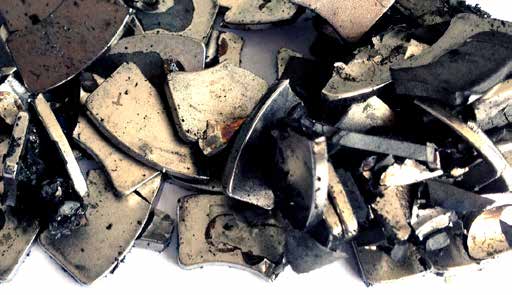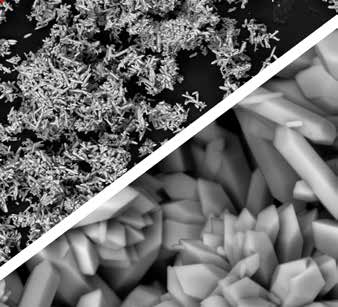Recycling of Rare-Earth Magnets and Production Waste
Ever since China imposed export duties on certain rare earths in 2010 and 2011, an important economic strategy of the German government has been to decrease dependence on the import of these rare earths. The three most important options for achieving this goal are for Germany to develop its own primary deposits, the reduction and substitution of certain rare earths, and the recovery of secondary raw materials by means of recycling.
Although neodymium, praseodymium and dysprosium are the most economically significant of all rare earths due to their importance in the manufacture of high-performance NdFeb magnets, efforts, thus far, for a targeted recovery of these elements have been insufficient. In particular, only few promising approaches exist for the processing of old magnets and magnet waste that, on the one hand, exploit the full potential of the already separated rare earth elements they contain and, on the other, are able to remove unwanted impurities (e. g. oxide, organic compounds).
This is where the hydrometallurgical recycling process developed by Fraunhofer IFAM Dresden comes in, achieving the targeted recovery of the elements neodymium, praseodymium and dysprosium from material mixes. The process is based on the idea that by skillfully exploiting
physical correlations and by optimized process control it is possible to attain a selectivity high enough to eliminate a time-consuming and costly precision separation process of the rare earths involving ion exchangers or fluid-fluid extraction plants. However, for the production of new,
higher-grade NdFeB magnets, it is essential that particularly samarium, which is contained in magnet material mixes, as well as oxide and organic impurities, are separated.
It could be shown in the framework of development projects that this necessary selectivity during the recycling of magnet material mixes can be realized on a laboratory scale, particularly by means of appropriate physical pretreatment and pre-separation as well as by means of a controlled hydrometallurgical process. A corresponding recycling process has already been registered for patent approval.
 Fraunhofer Group for Materials and Components - Materials
Fraunhofer Group for Materials and Components - Materials
